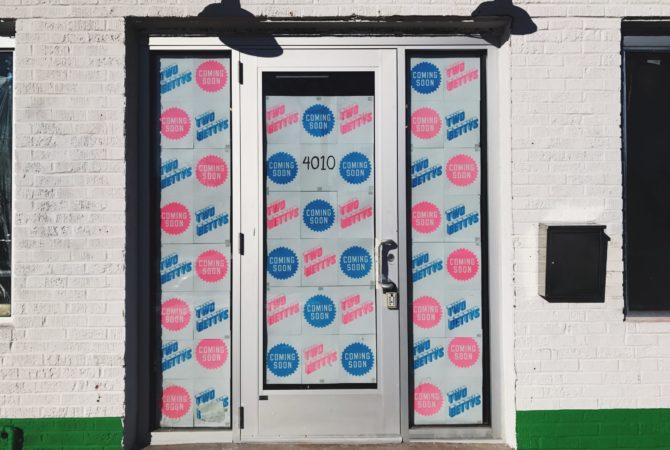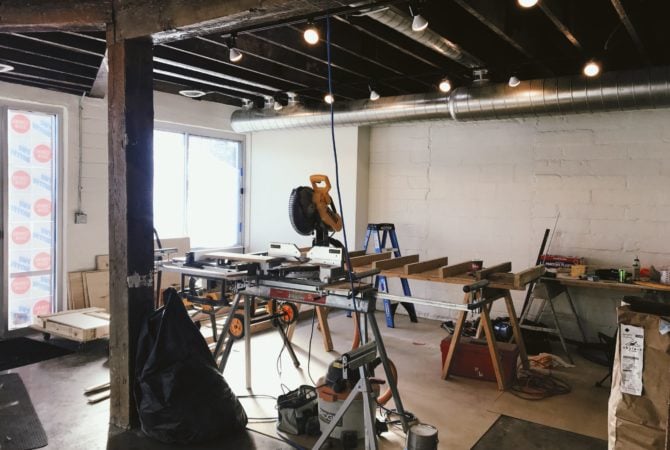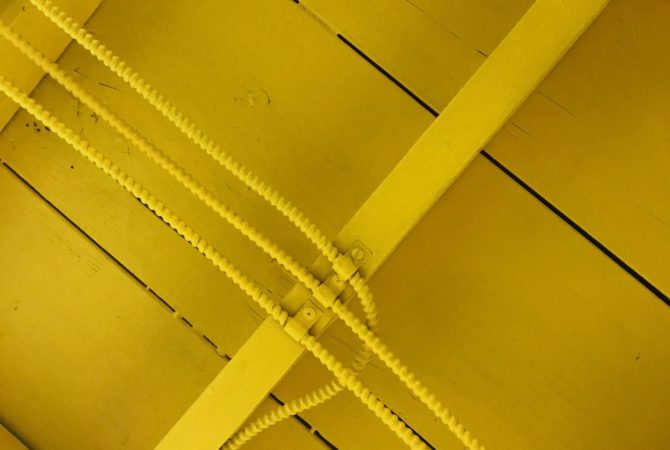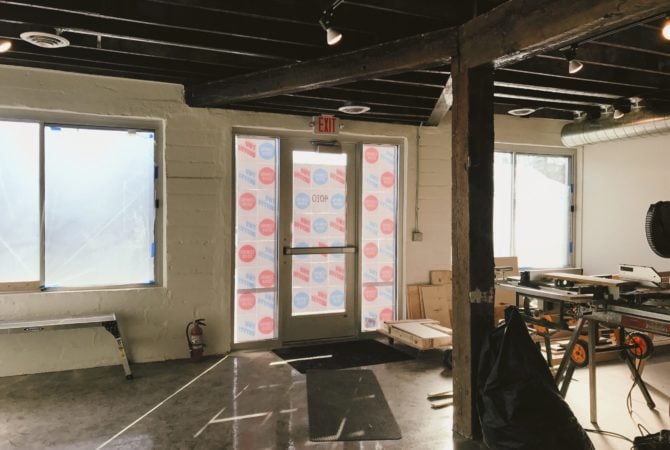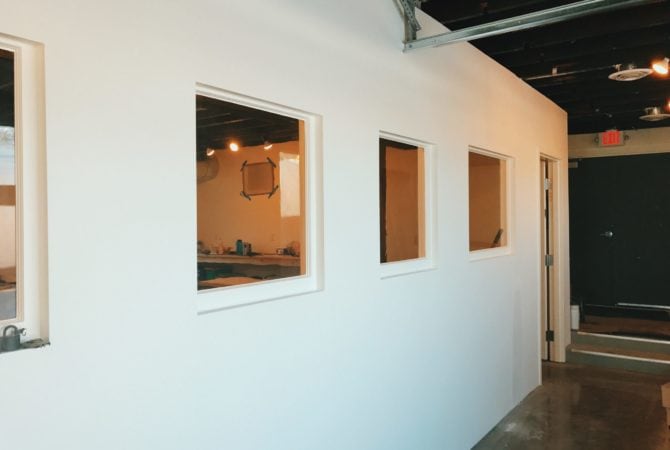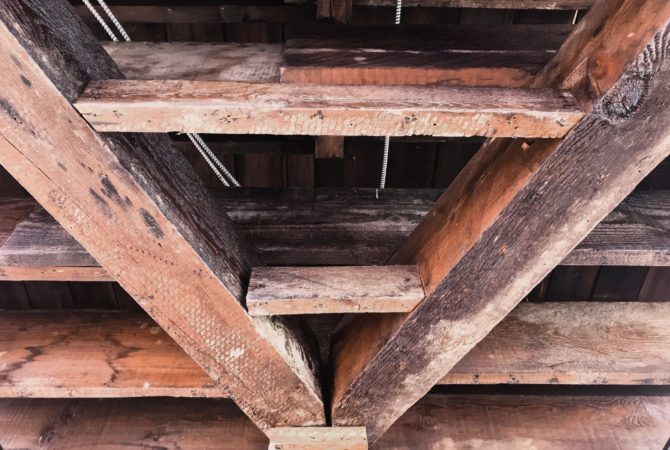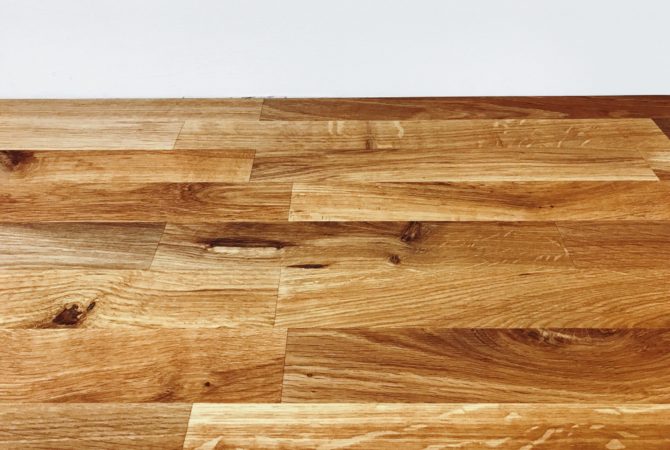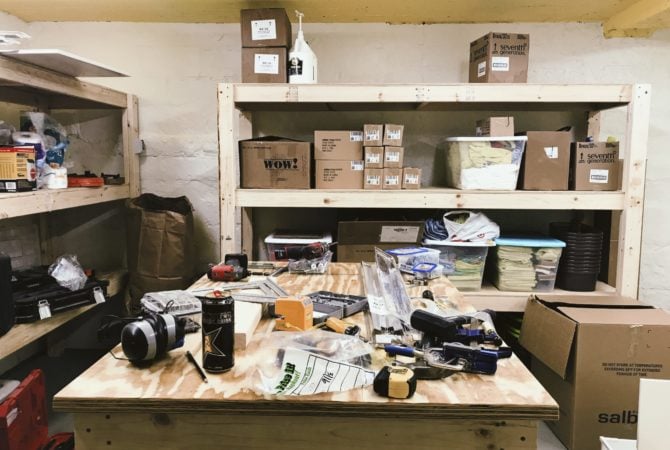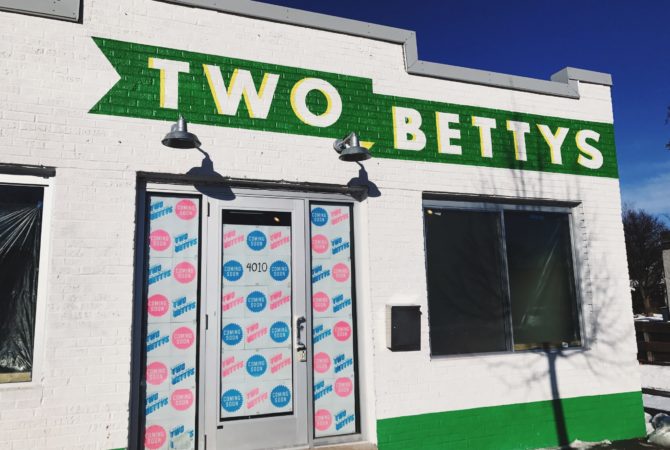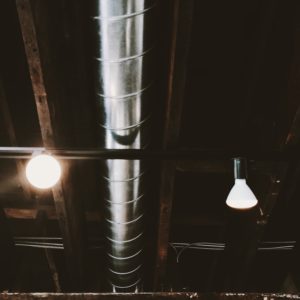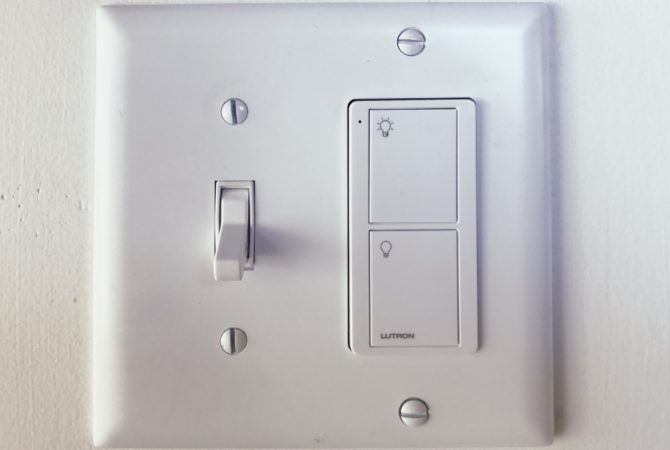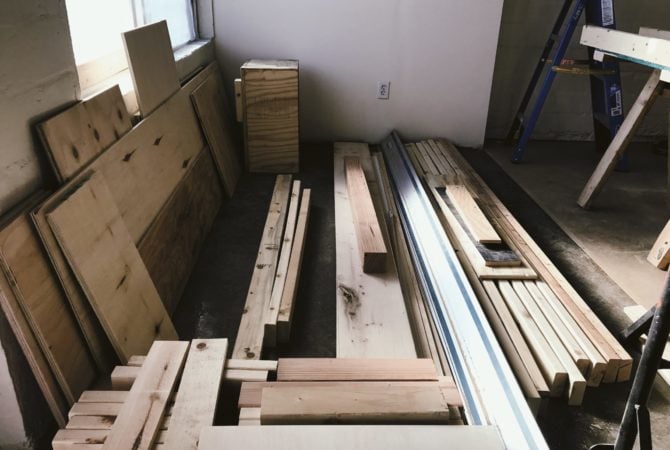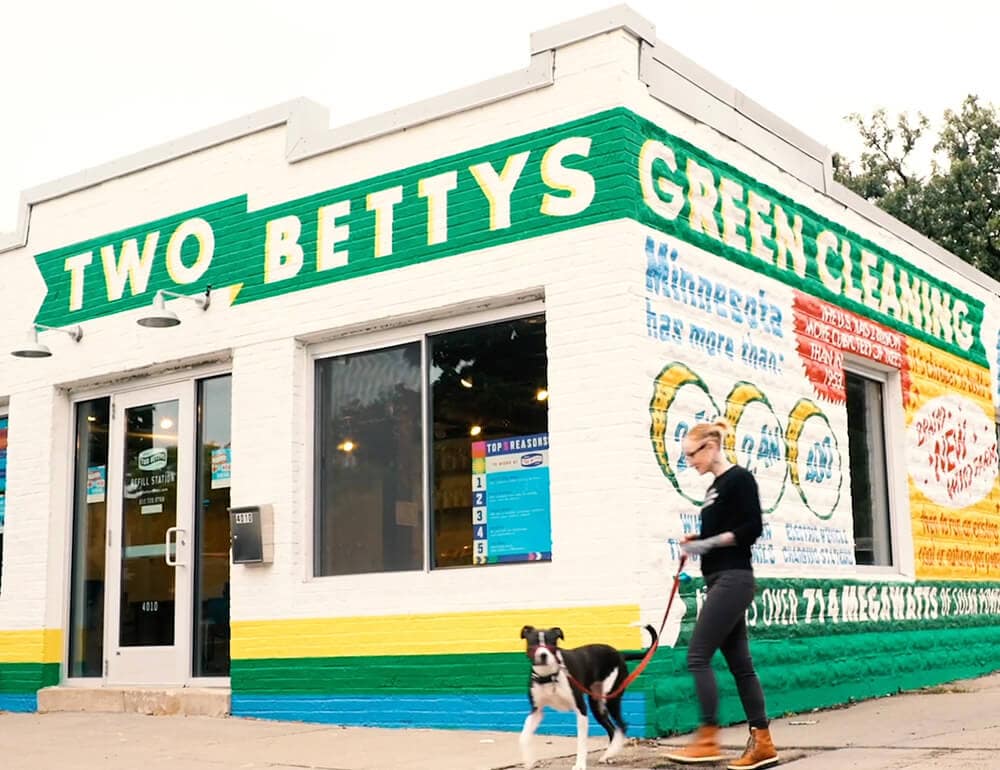
10 Things We Learned About Sustainable Remodels
Anna Tsantir, Two Bettys Owner
April 21, 2018
Our green dreams are coming true!
This Earth Day, we wanted to give you an inside look at our new space, the Two Bettys Refill Station! Buying our new property on Lake Street fulfills our dream of bringing green-awareness to the next level in our community, and having a place where our cleaners can refill reusable containers with bulk products. Our new 500 lb. barrels of super concentrates allow us to order our most-used products only once per year from the same distributor, which has reduced our environmental footprint A TON!!! Wrestling those barrels is no joke, but it is worth it!
While looking for our new space, it became clear that our best option was to purchase something a wee bit run down and do it up Two Bettys style! We met with Aaron Day of Blue Construction, a long time client of ours and our landlord on Minnehaha. Aaron is a LEED accredited professional, an experienced contractor and a fellow member of Mainstreet Alliance. Aaron worked with my partner John Jerry to implement many green construction practices from the USGBC LEED program into our project. We are so grateful to have had his guidance from tips on working with banks to how not to get freaked out when someone tells you the entire corner of your building needs shoring up.
We’ve learned a ton about completing a sustainable remodel as a small business! Here are 10 of our favorite tips and tricks for approaching a green construction project! Thanks for sharing in this journey with us, and stay tuned as we wrap-up the interior build out on the Two Bettys Refill Station!
10 Things We Learned About Sustainable Remodels
1 — Green Choices
There is a lot of strategy in sustainability: weighing the long-term impacts of today’s choices, choosing respected companies with strong environmental principles, limiting the use of precious resources, lowering energy and water use, thinking through space usage, reading beyond the label, supporting local companies and limiting shipping, recycling and repurposing, and reducing waste. One of the biggest lessons we have learned is that sometimes the greenest thing you can do is to NOT do something or, simply, to do it less.
2 — LEED Contractor
While full LEED certification was not practical based on the smaller scope and scale of our project, we used many principles, practices, and material standards from the LEED program and chose to work with a leed accredited contractor. We worked with Aaron of Blue Construction, who has been wonderful to work with and an incredible resource for us. John Jerry, our project lead, said, “There were a lot of decisions to make on a budget and having his knowledge and guidance was absolutely key.”
3 — Windows
We updated the original exterior windows with new operable units to ensure safety but also to help us regulate temperature without forced air ventilation, to allow for as much natural light as possible, and save energy. We also added skylights and interior wall-windows to bring in as much natural light as possible. We used reclaimed interior windows that we salvaged from Hayes Windows and we highly recommend them if you are local.
4 — Walls of Steel
While the majority of the wall space is the original brick, we built a few interior rooms with drywall and steel frames. We chose steel because it is one of the most recyclable building materials in addition to its strength and durability. We also learned that drywall is easily recyclable because it is made of gypsum, a substance of calcium sulfate and water, that can be easily broken down and turned into new drywall. Bonus: Gypsum, also known as sheetrock, is naturally fire resistant.
When possible, we went with fewer materials and more open space. We left the ceiling beams exposed which also allowed for the skylights we put in.
5 — Paint
Just like with our cleaning products, we want to make sure the paint we’re choosing is non-toxic. We learned a ton about paint on this project! We chose low-to-no VOC content interior paint finishes compliant with Green Seal standard GS11, per the LEED low emitting materials requirement. We also went with the highest-possible quality to reduce the need for repainting. VOC stands for Volatile Organic Compound, and to put it simply, they are bad news for our health and the environment.
6 — Energy Efficient Appliances
We chose appliances with good energy ratings and did a lot of research to consider the best fit for us. We found that it was important to “read beyond the label,” because energy ratings vary based on usage. We considered not only how much we would use our appliances, but what we would use them for, and made our decisions based on what was the most energy and water efficient for our specific needs.
7 — Lighting
Along with the skylights and windows, we added in versatile track lighting and efficient fixtures featuring LED bulbs. LED lights are at least 75% more efficient than incandescent light bulbs but last 25 times longer! Did you know that they’re also safer (cooler) and sturdier than those old-timey bulbs? According to Energy.gov, “ Widespread use of LED lighting has the greatest potential impact on energy savings in the United States. By 2027, widespread use of LEDs could save about 348 TWh (compared to no LED use) of electricity: This is the equivalent annual electrical output of 44 large electric power plants (1000 megawatts each), and a total savings of more than $30 billion at today’s electricity prices.”
8 — Water
As a general policy for water usage, we believe that “Less is more!” With water-conservation and energy efficient appliances in place, we’re set-up to use as little water as possible. We’ve also installed low-flow fixtures to our taps. And, inspired by the LEED reduced outdoor irrigation credit, we’ve also reclaimed an old wooden liquor barrel to use as a rain-collection barrel that we can use to tend to our plants and yard. We’re lucky to live in a city that encourages rain barrels! You can learn more about them by visiting the City of Minneapolis’ website.
9 — Repurposing & Recycling
Our project generated 13.28 tons of construction demolition debris. All of it was collected and sorted by Atomic Recycling, and we were able to recycle 9.99 tons, or 75.2% of our waste material! Atomic Waste is awesome and their values line right up with ours! Their motto is “Recycle more. Landfill less.” No other waste company in the Twin Cities can recycle more types or tons of debris than Atomic. We took many additional items out of the structure that was recycled through other sources, used on site, or saved for future products. Some of the shelving and tables we needed were built from scraps and recycled wood.
10 — White Roof
We had hoped to build a green roof but were halted by current code restrictions, so we went with the next best thing, a white roof! Our new white low albedo TPO roof is fitted according to the solar reflectance index, or SRI, and reflects 90% of sunlight as opposed to a dark roof’s 20%. LEED’s heat island effect – roof credit requires an SRI of 78 or higher. This helps to reduce heat-trapping in urban environments and to reduce the “heat island effect” in cities. The Urban Heat Island effects include stress on the power grid, increased pollution, and health hazards such as asthma.
Photo Gallery
Here’s an inside look at our new space on Lake Street! While it’s still a work-in-progress, we’re excited to share our developments from the initial build-out. Stay tuned as we finish the inside of the Refill Station!
